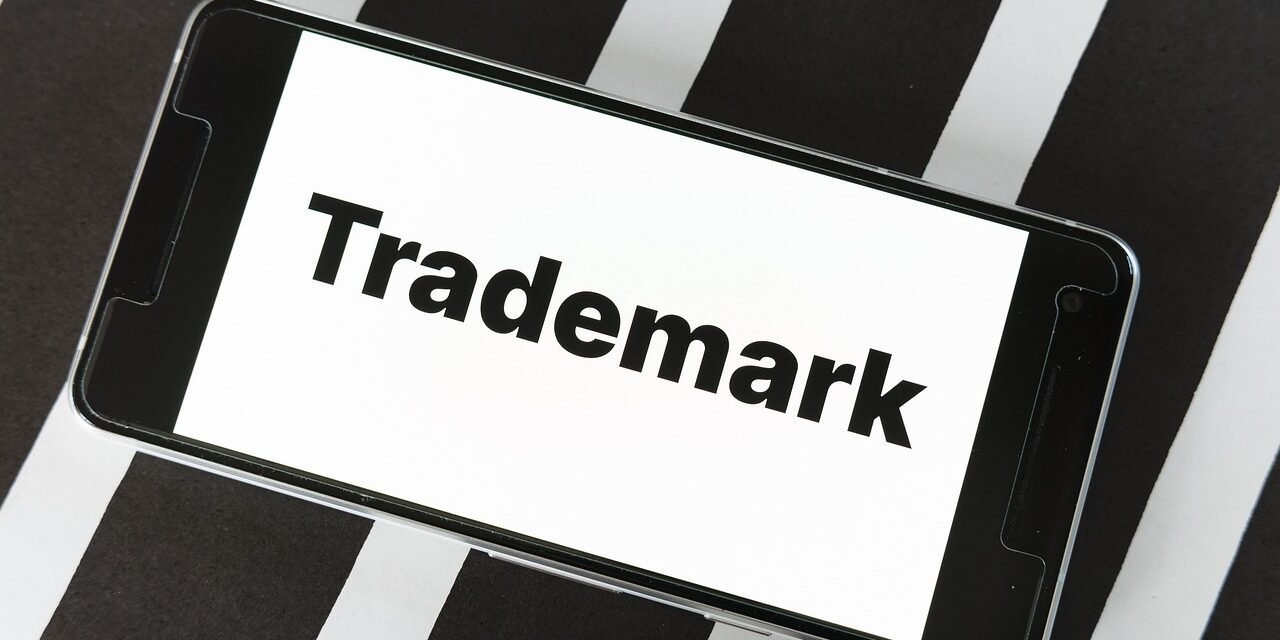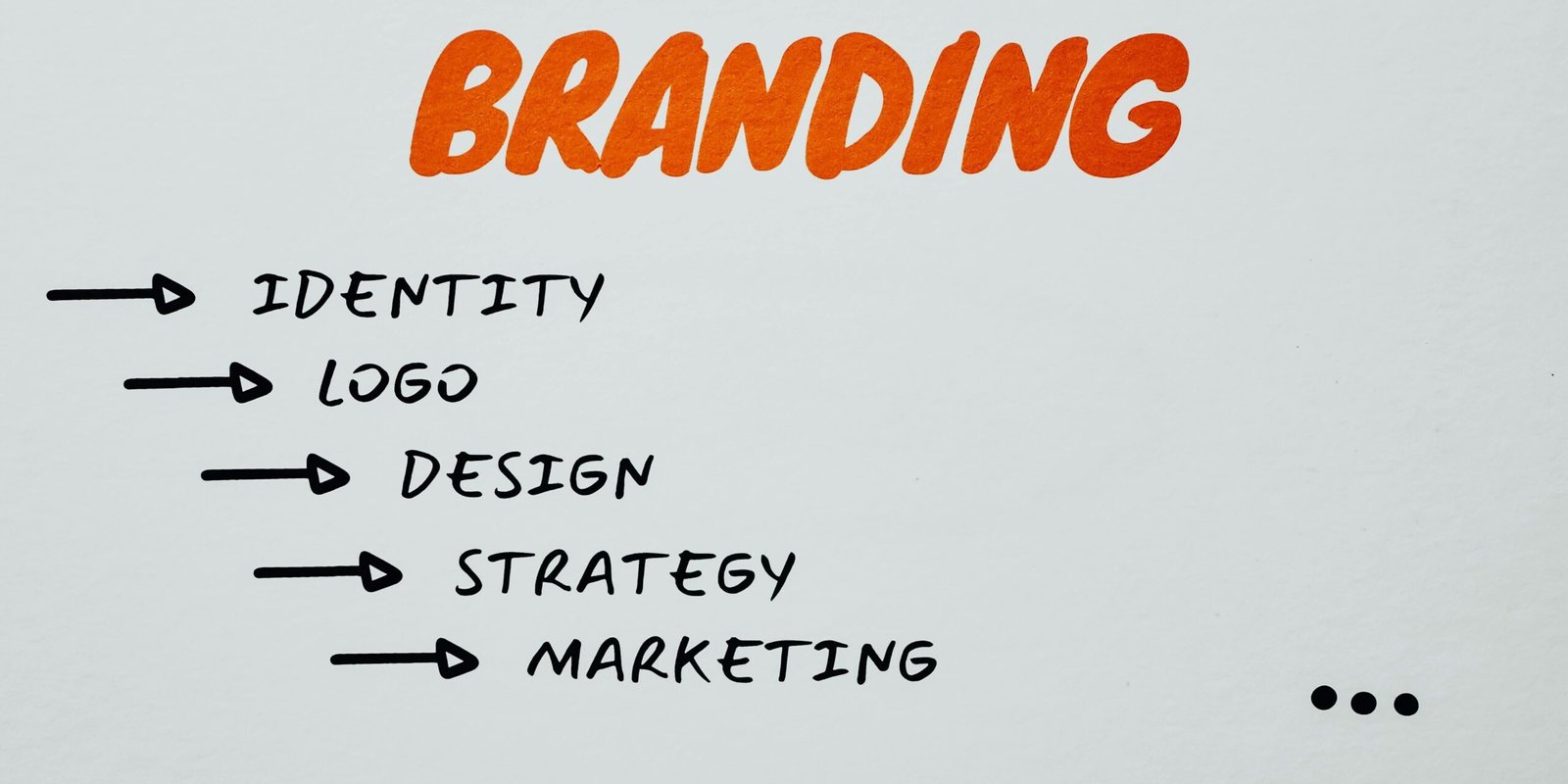Brand Protection: Essential Strategies for Safeguarding Your Business
In today’s highly competitive and digital marketplace, protecting your brand is more critical than ever. Brand protection involves a range of strategies and practices designed to safeguard your brand’s reputation, intellectual property, and overall value. This article explores the importance of brand protection and provides comprehensive strategies for effectively defending your brand against threats.
Why Brand Protection Matters
Reputation Management
A strong brand reputation is one of your most valuable assets. Protecting your brand helps maintain customer trust, loyalty, and overall market positioning.
Intellectual Property (IP) Security
Your brand’s IP, including trademarks, copyrights, patents, and trade secrets, is essential to its identity and competitive edge. Protecting these assets ensures that your innovations and unique offerings are not unlawfully exploited by others.
Financial Stability
Brand protection helps prevent financial losses due to counterfeit products, trademark infringement, and other illegal activities that can erode your market share and revenue.
Consumer Safety
Protecting your brand also means ensuring that consumers receive genuine and safe products. Counterfeit goods can pose significant health and safety risks, damaging consumer trust and leading to legal liabilities.
Comprehensive Brand Protection Strategies
1. Register Your Intellectual Property
Trademarks
Register your brand’s name, logo, and any other distinctive marks with the relevant authorities in your primary markets. This provides legal protection and the exclusive right to use these marks in commerce.
Copyrights
Secure copyrights for your creative works, such as marketing materials, product designs, and digital content. This prevents unauthorized use and distribution of your intellectual property.
Patents
If your brand involves unique inventions or processes, obtaining patents is crucial. Patents protect your innovations from being copied or exploited by competitors.
2. Monitor and Enforce Your IP Rights
Online Monitoring
Utilize digital tools and services to monitor the internet for unauthorized use of your brand. This includes searching for counterfeit products on e-commerce platforms, social media, and websites.
Legal Enforcement
Work with legal professionals to enforce your IP rights. This can involve sending cease-and-desist letters, filing lawsuits, or working with law enforcement to take down infringing activities.
3. Implement a Comprehensive Brand Protection Program
Internal Policies
Develop and implement internal policies that emphasize the importance of brand protection. Train your employees to recognize and report potential IP infringements.
External Partnerships
Collaborate with external partners, such as industry associations, law enforcement agencies, and online marketplaces, to strengthen your brand protection efforts.
4. Leverage Technology for Brand Protection
Anti-Counterfeiting Technologies
Use advanced technologies such as holograms, RFID tags, and QR codes to verify the authenticity of your products. These technologies help consumers distinguish genuine products from counterfeits.
Digital Watermarking
Embed digital watermarks in your online content to deter unauthorized use and distribution. Digital watermarks can also help track and identify the source of any infringing content.
5. Engage in Proactive Reputation Management
Social Media Monitoring
Monitor social media platforms for mentions of your brand. Respond promptly to any negative comments or reviews to manage your online reputation and address consumer concerns.
Public Relations (PR)
Develop a robust PR strategy to promote positive news about your brand. Regularly share updates, success stories, and other content that reinforces your brand’s positive image.
6. Educate Your Customers
Awareness Campaigns
Launch awareness campaigns to educate your customers about the dangers of counterfeit products and the importance of purchasing from authorized retailers.
Verification Tools
Provide tools on your website that allow customers to verify the authenticity of your products. This could include product registration forms or authentication codes.
7. Conduct Regular Audits
Supply Chain Audits
Conduct regular audits of your supply chain to ensure that all partners and suppliers adhere to your brand protection standards. This helps prevent counterfeit products from entering your distribution channels.
Compliance Audits
Perform compliance audits to ensure that your brand protection policies and practices are being followed effectively throughout your organization.
8. Stay Informed About Industry Trends
Market Research
Stay up-to-date with market research to identify emerging threats and trends in brand protection. This knowledge can help you adapt your strategies to new challenges.
Industry Collaboration
Participate in industry forums, conferences, and working groups dedicated to brand protection. Collaborating with other businesses can help you stay informed and share best practices.
Conclusion
Protecting your brand is essential for maintaining its value, reputation, and competitive edge. By implementing a comprehensive brand protection strategy, you can safeguard your intellectual property, prevent counterfeit products, and ensure that your customers receive genuine and safe offerings. For expert assistance in developing and executing effective brand protection strategies, consider partnering with agencies like Somo Group Intelligence. Their expertise in brand protection can help you navigate the complex landscape of IP security and ensure your brand remains secure and thriving.
- 61 views





